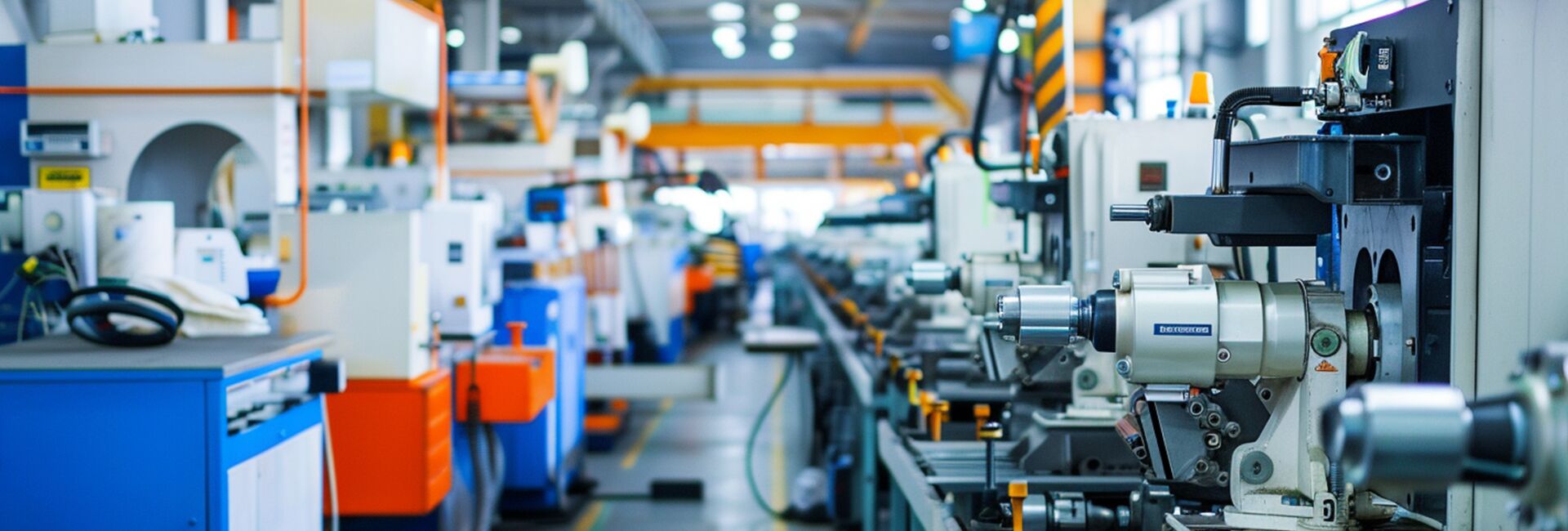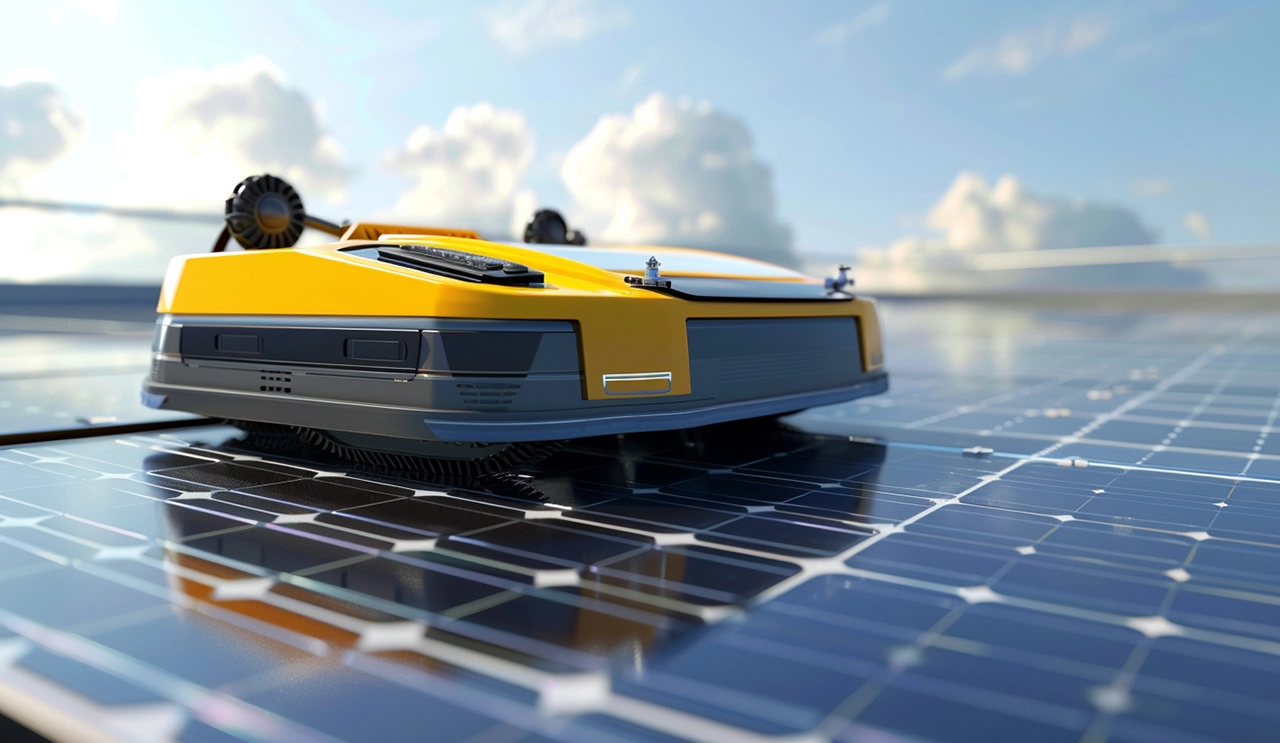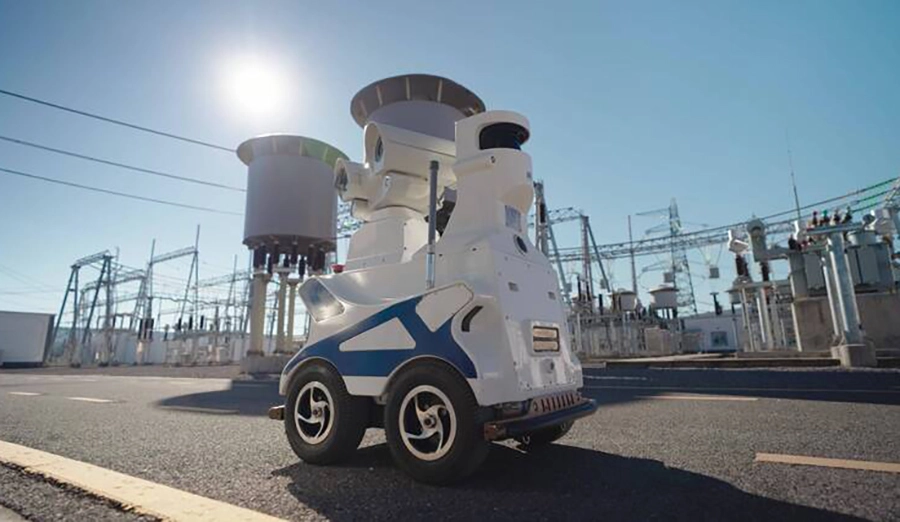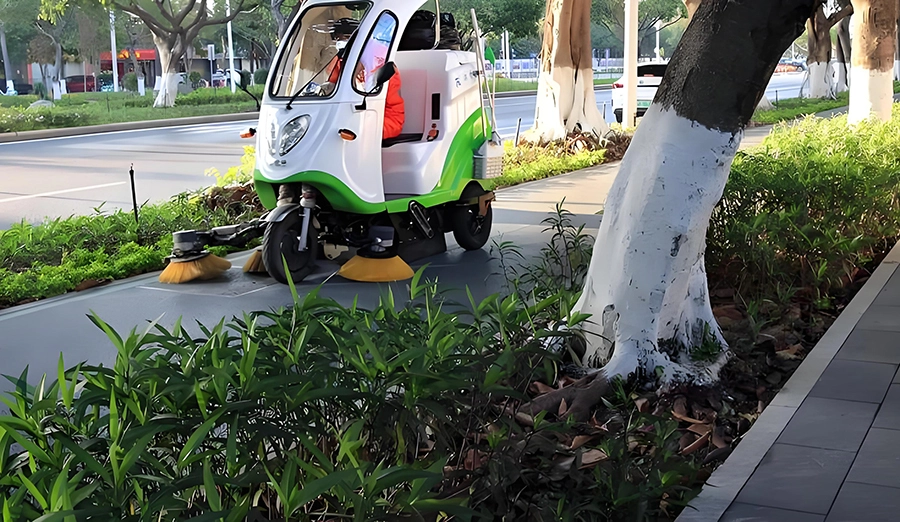
WIRELESS CHARGING IN THE NEWS
At Tesla's Shanghai Gigafactory, the newly constructed 4680 battery production line is deposting electrode material at a rate of 1 meter per microsecond. This breakthrough in manufacturing accuracy will promote a fundamental change in charging technology in 2025, and the vision of 80% of electric vehicles in 10 minutes is coming into reality.
First, the material revolution reconstructs the foundation of energy
The breakthrough of solid electrolyte materials has made the battery energy density jump to 500Wh/kg. The sulphide solid-state battery developed by Toyota has achieved 400 fast charge cycles, and the interface impedance between the lithium metal negative electrode and the ceramic electrolyte is reduced to 8Ω·cm². This combination of materials can increase the charging capacity by three times, supporting the 6C super fast charge.
Graphene coating technology gives wings to fast charging. The 3D porous graphene anode developed in the Ningde era increases the lithium ion diffusion coefficient to 10⁻ guess cm²/s. With the addition of vinyl fluorocarbonate in the electrolyte, the lithium deposition overpotential can be reduced by 200mV, and the hidden danger of dendrites can be completely eliminated.
Superconducting materials are beginning to enter the field of charging. The YBCO superconducting charging cable developed by the MIT team achieves zero-resistance transmission in the 77K temperature zone. With an active cooling system, the 350kW charge loss can be reduced from 7% to 0.3%. This breakthrough makes it possible to build megawatt-scale charging stations.
2. Topology innovation reshapes energy transmission
Matrix charging architectures are rewriting the rules of energy distribution. Huawei launched the "Starflash" charging system, through the silicon carbide matrix switch to achieve dynamic power distribution. A single 600kW charging stack can serve eight vehicles at the same time, and the overall utilization rate is increased to 92% by intelligently adjusting the output according to the SOC.
Radio energy transmission is becoming practical. WiTricity's magnetic resonance system achieves 94% transmission efficiency at a distance of 20cm, with automatic alignment accuracy of ±2mm between the ground transmitter coil and the vehicle receiver. Mercedes-benz EQS has been equipped with this technology, and the parking error tolerance has been expanded to 30cm.
Energy routers build smart micronetworks. The Tesla Powerpack 3.0 comes with an intelligent gateway that coordinates PV, energy storage and charging loads in real time. At a supercharger station in California, the system has increased renewable energy penetration to 85%, and the peak and fill efficiency has reached $1,200 / day.
3. Intelligent integration to restructure the energy ecology
Charging facilities are beginning to have the ability to evolve autonomously. The AI charging pile deployed by Xopeng Automobile optimizes the charging curve through reinforcement learning algorithm. After 1,000 iterations, its battery health prediction error dropped from 5% to 0.8%, and the fast charge strategy extended battery life by 30%.
Digital twin technology enables charging networks. The CyberGrid platform, developed by ABB, creates a virtual image of each charging station. In the simulation of Shanghai Hongqiao Hub, the system predicted the risk of transformer overload three weeks in advance, guided the completion of capacity upgrade, and avoided a loss of 2 million yuan.
Blockchain technology secures energy trading. Renault's smart contract system, developed in collaboration with EDF, enables the automatic settlement of electric vehicles in V2G transactions. In a pilot conducted in Paris, owners received €0.25/kWh from the sale of electricity, and the grid frequency regulation response speed was accelerated to 100ms.
At the Energy Laboratory of the Technical University of Munich, researchers are testing a charging optimization algorithm based on quantum computing. This algorithm can solve the optimization problem of millions of variables in 1 second, indicating that charging technology will enter the era of nanosecond decision-making. When materials, topology, and intelligence break through the intersection, the charging world in 2025 will break the boundary between physical and digital, opening a new era of free flow of energy.







